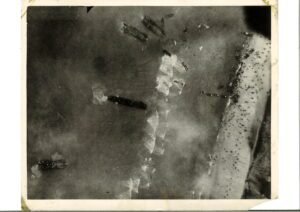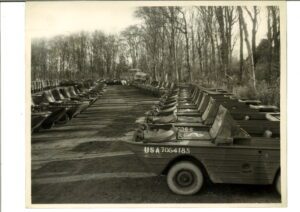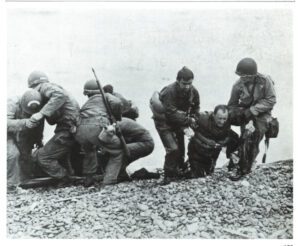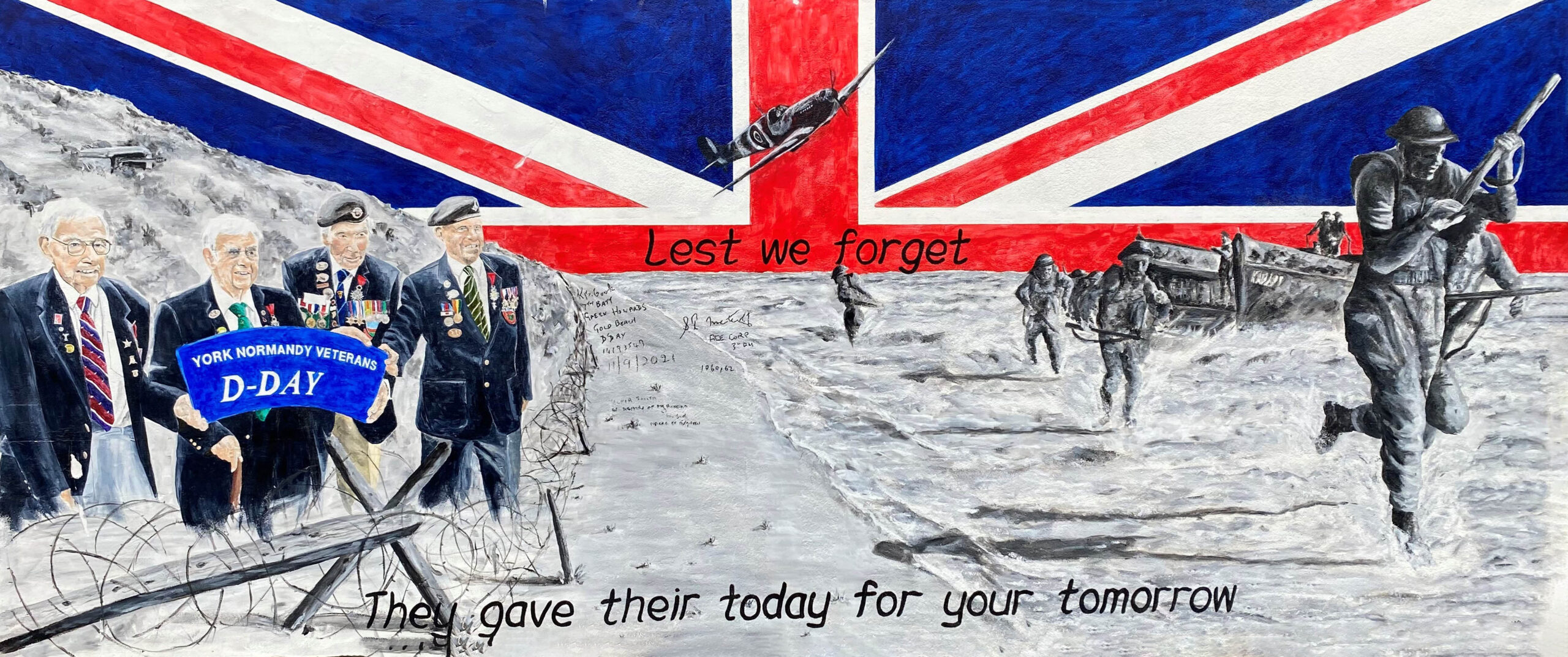June 6 2024: 80th Anniversary of D-Day
Read a first hand account of the trepidation surrounding the turning point of WW2.
On June 6th, 1944, the Allies attacked German forces on the coast of Normandy, with over 156,000 Allied forces landing on five beaches along a 50-mile stretch of the coast of France’s Normandy region.




The D-Day invasion is significant in history for the role it played in World War Two. It marked the turn of the tide for the control maintained by Nazi Germany, less than a year after the invasion, the Allies formally accepted Nazi Germany’s surrender in 1945.
It was a day that cost many lives on all sides of the conflict, changing not only the future of countries, but of families as well. Because of that, there is much to be learned from those who experienced its victories and its horrors first-hand.
Here below – we have an example of the worry of Betty’s Husband Bert not coming home after D-Day. Although strenuous, Betty receives a letter from Bert written on 8th June 1944 on 10th June 1944. Imagine how it must feel not knowing whether a loved one is alive or dead?

‘I am as the card says, quite well, except for the fact I am terribly tired and weary – sounds deadly doesn’t it coming from a young man. The strain of the last four days both mentally and physically has been pretty heavy… I’ve gone through quite a sticky time at the moment, the whole time I was thinking of you and the future – and somehow, I felt that nothing could go wrong to interfere with us, so don’t worry my dear.’
Join us at Eden Camp on Saturday 8 and Sunday 9 June as we commemorate the heroes of history on the 80th anniversary of D-Day. Step back in time and experience the courage, sacrifice, and triumph of the Allied forces as they stormed the beaches of Normandy. Find out more here.



